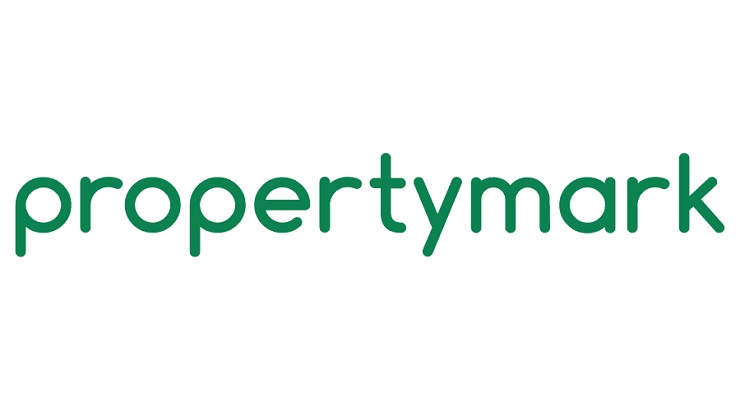Stability in the Cotswolds Residential Market ahead of the Autumn Statement
By Cotswolds Agents Butler Sherborn, Senior Partner, Sam Butler FRICS
Predicting the strength or otherwise of the residential market is always difficult, and with the variables which affect it finely balanced, the task is challenging.
The recent reduction in the Bank of England’s base rate to 5.25%, together with the greater availability of mortgage products and the certainty of the new party in Government, have all contributed to a general sense of some return of confidence within the residential market. Buyers have begun to feel cautiously optimistic about future homeownership and this has resulted in an upturn in viewings and offers; this despite a slight rise in the inflation rate to 3.2%, above the target of 2%. This might suggest that a further reduction in interest rates will be considered but we have seen mortgage lenders competing with lower product offerings. We anticipate momentum building as the school holidays come to a close.
There is little doubt that although real and palpable, the stability is fragile, and as a result the market is price sensitive. Experience demonstrates that tired houses with potential and attractively priced for buyers will generate offers. Perfectly presented houses into which one can move immediately will also sell, but again only if the price is considered reasonable. Sellers need to get the balance right.
The Cotswolds remains a hugely popular area in which to live, and prices being achieved support this assertion. The second home market is still active with Londoners especially still buying. In turn this has ensured that it is hard to find a four bedroom family home for less than £1,250,000. Interestingly, the market between £2,000,000 to £3,000,000 is quite challenging. Perhaps because it includes fewer second home owners than in a slightly lower price range, and young families are excluded at this level.
The focus is now the Autumn Statement in October, and there have been indicators in both the Labour Party’s manifesto and the more recent King’s Speech as to what the Statement will contain. There is no doubt that there is a level of concern about proposed rises in CGT, especially on second homes, an increase in SDLT for non residents and the abolition of the non-dom regime. The last two of these items will have a limited effect on the Cotswold residential market, but will have a greater impact in the prime London markets.
The Government’s plans to end the VAT exemption and business rates relief for private schools could see a rise in demand for houses in state school catchment areas, as parents elect for the public versus private system. Some families may move to release funds to meet the increased fees or relocate to a less expensive location.
The rental sector has been heading for reform for many years, as the Conservatives had the Renters Reform Bill close to the statute book, but prior to the July election, dropped it. Landlords have been preparing for the more onerous provisions in favour of no fault evictions, and so little in this area will come as a surprise. Stability will be maintained, even if for many this means less property available to rent, as landlords have chosen to sell rather than continue to let their property. This has a deleterious effect on the sector, which helps tenants on the one hand to remain in their property, but ensures less supply and so rents are increased.
Overall, it would be surprising if the new administration added significantly to the primary home owners tax burden. The Government has a large deficit, for which it must secure monies. However, it can only fulfil it’s promises to the electorate, especially public servants, if it can stimulate growth at the same time as extracting money from the taxable population. This is a very fine balance and clumsy taxation will be rewarded with no growth and an exodus of talent. It is in the interests of everybody that economic stability is secured and maintained in the initial twelve months at least of the new Government’s tenure.









